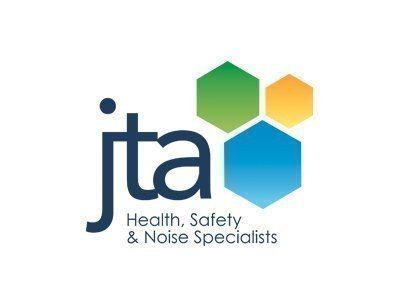Is OHS/WHS Effectively Resourced In Your Organisation?
A recent incident in the UK leading to a prosecution emphasizes the stark contrast between OHS/WHS "Haves" and "Have-Nots" – organisations that systematically and effectively manage and resource OHS/WHS and those that do not. Which one are you?
The incident, reported on the UK Health and Safety Executive Website, resulted in a worker suffering horrific burns and almost total paralysis from an explosion caused by the ignition of vapours from the flammable cleaning fluid he was using to clean the inside of a fuel tank.
The ignition source was an electrical lighting lead which the worker disconnected when he became concerned that the lighting was overheating. The tank was being cleaned to meet the scrupulous standards in the aviation industry, well known for their high level OHS/WHS performance including, ironically,flammable vapour hazard control. This is considered to be so important that mobile phones are required to be turned off in areas even where the risk is reported to be negligible.
The litany of blatant OHS/WHS violations at this tank manufacturing company, including dangerous goods, confined spaces, and hazardous substances regulatory requirements, occurring at an adequately managed workplace is impossible to conceive. It is even more incredible that this could occur in an organisation associated with the aviation industry which appears to have OHS/WHS standards in keeping with the rarefied atmosphere within which they operate.
- The amenities and conditions on big building sites in the cities versus those on domestic housing sites
- Government workers and employees of large organisations in profitable industries versus those in companies under constant threat and cost cutting pressures (such as small manufacturing organisations in direct competition with offshore industries)
- More rigorous action by OHS/WHS authorities at the 'Have-Not' end of the spectrum?
- US style pro bono services by Occupational Hygienists and other OHS/WHS specialists?
- More support from the major corporations to their support industries?
- Better distribution of our OHS/WHS resources across the 'Haves' and 'Have-Nots' to even out the risks a bit?
Whilst some of the measures adopted in the name of OHS/WHS by the 'Haves' are probably beyond the reach of the OHS/WHS 'Have-Nots', the reality is that many of these measures may only contribute marginally to risk reduction. However, the fact is that the terrible tragedy in the UK could have been avoided by simple, low cost measures which would not have made the job more difficult or time consuming and may have even improved productivity.
Becoming an OHS/WHS 'Have' organisation – one that systematically and effectively manages and resources the OHS/WHS function – doesn't necessarily mean having to dramatically increase the budget. It all comes down to understanding the requirements and then finding cost effective ways of providing a safe and productive workplace.
If you’re interested in making sure your organisation is an OHS/WHS 'Have' type of organisation read about our OHS Management Systems or Outsourced OHS/WHS services. Alternatively, you may wish to start with an OHS/WHS Compliance Audit.









